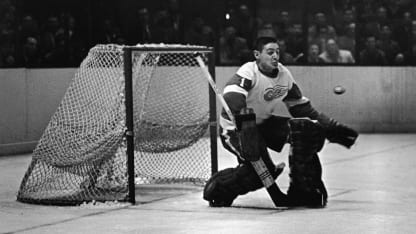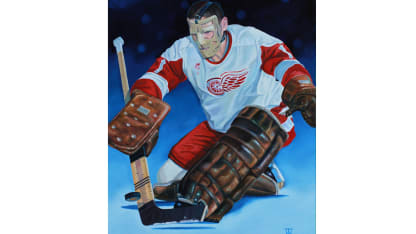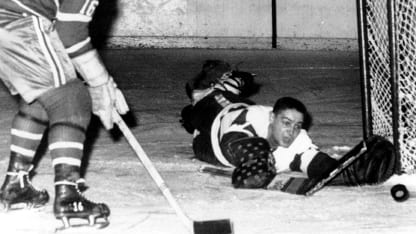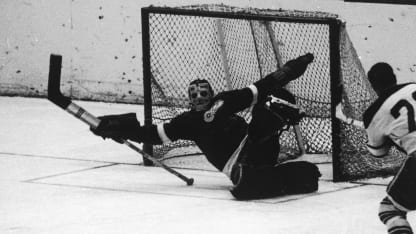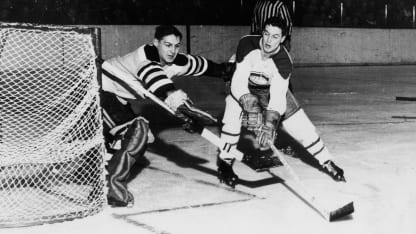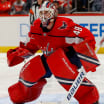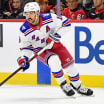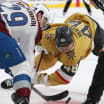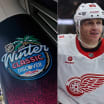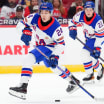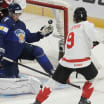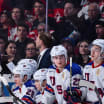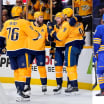At 14, Sawchuk attended Detroit's training camp and began a rapid rise. He played junior hockey for Windsor of the Ontario Hockey Association in 1947-48, but didn't stay there long.
"A few games into the season, (Detroit general manager) Jack Adams called me and said, 'I've got some bad news Jim'," Jimmy Skinner, Windsor's coach at the time, told the Windsor Star. "'We've got to move Sawchuk to Omaha.' "
Detroit's United States Hockey League farm club in Omaha had traded veteran goalie Harvey Jessiman to Philadelphia of the American Hockey League, leaving a spot open for Sawchuk, one he quickly made his own.
Sawchuk was named USHL Rookie of the Year. The following season with Indianapolis, he won the Dudley (Red) Garrett Memorial Award as the AHL's top rookie.
The Red Wings won the Stanley Cup in 1949-50, with Sawchuk going 4-3 with a 2.29 goals against average in seven regular-season games. It was enough to convince Adams that he had his goalie of the future and could part with Harry Lumley, who was traded to Chicago.
The move looked good when Sawchuk went 44-13 with a 1.99 goal against average to win the Calder Trophy as the NHL's top rookie in 1950-51.
"In all my hockey I have never seen a young goalie handle himself as well as Sawchuk," Red Wings coach Tommy Ivan told The Canadian Press.
Winning the Stanley Cup for the first time the following season, Sawchuk helped Detroit roll through the playoffs at 8-0. He had four shutouts, a 0.63 goals-against average and a .977 save percentage.
"You couldn't put a pea past him," Red Wings forward Alex Delvecchio said.
Sawchuk made things look easy in net, but away from the rink that wasn't always the case.
"Terry was someone who compartmentalized his life," said David Dupuis, author of "Sawchuk: The Troubles and Triumphs of the World's Greatest Goalie." "His teammates were his teammates, his family was his family, his friends were his friends and he never let someone from one compartment gain entry to another."
On the ice, Sawchuk was plagued by serious injury and a shocking lack of confidence in his abilities.
"As soon as I go into the net, I bend down and take a sideways peek at the goal posts," Sawchuk told the Springfield Union. "If they look close, I know I'm gonna have a good night.
"Some nights, those posts look a mile away."
Marcel Pronovost, Sawchuk's close friend and teammate with Detroit and the Toronto Maple Leafs, felt Sawchuk's insecurities often got the better of him.
"He was always worried about how he would take care of his family when he was done playing," Pronovost said. "He worried about whether he would be able to give them all he could."
